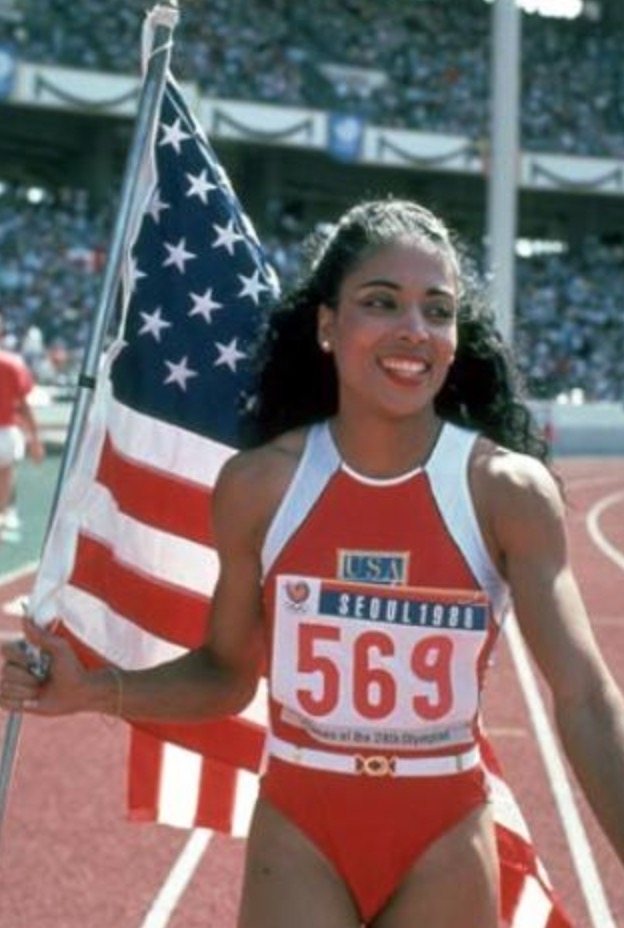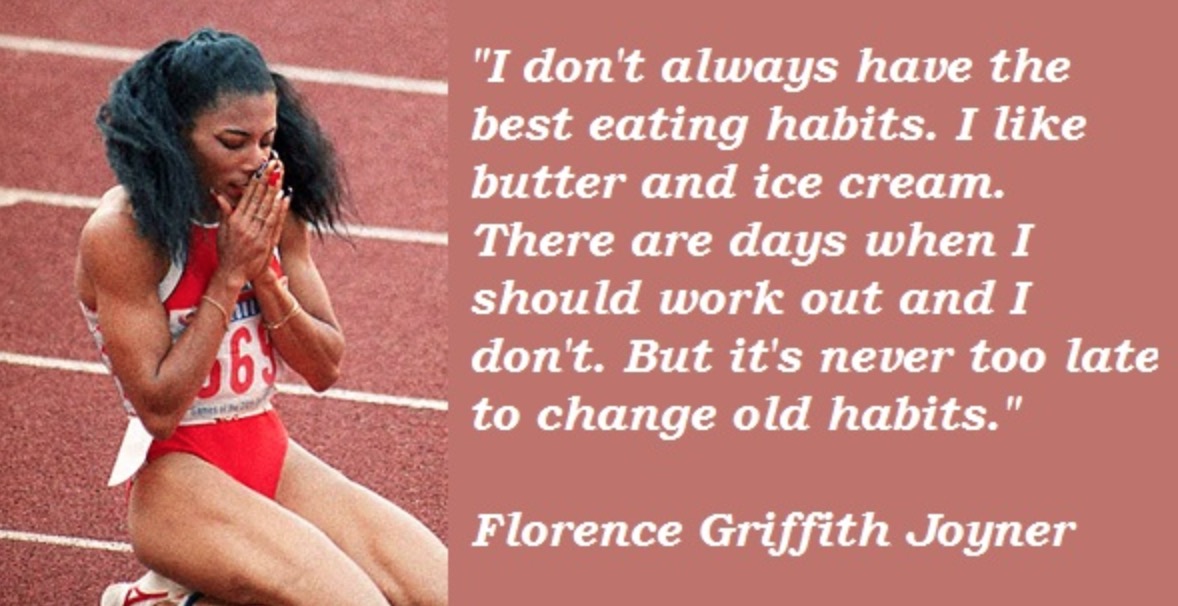myHIN Blog
Category: Health Issues Articles

June 27, 2022
Fay CObb Payton (Presenter), The American Association for the Advancement of Science (AAAS) AI Symposium – Health Care Panel
Fay Cobb Payton (Presenter), The American Association for the Advancement of Science (AAAS) AI Symposium – Health Care Panel
#AI #Bias #HealthCare #Race #UnderservedGroups
Share

June 13, 2022
Managing Hypervisibility in the HIV Prevention Information Seeking Practices of Black Female College Students
published in Journal of the Association for Information Science and Technology by Lynette Kvasny Yarger and Fay Cobb Payton
#HealthCare #UX #InformationSeeking #BlackWomen #Hypervisibility
Share

December 09, 2015
Decisions, Decisions: Sexual Health Education or Mental Health
Public Health Education is such a broad field of study, with a vast selection of areas to choose from. There’s tobacco, global health, epidemiology, climate change and a host of others. Out of these various topics, I find myself drawn to a few that seem to peak my interest: Sexual/Reproductive Health education, Domestic Violence, and Suicide/Depression. I haven’t decided exactly which area I want to focus on after graduation, but I have tried to educate myself on these topics.
My interest in Sexual Health came about in my Human Sexuality class that I took my first semester in the Health Education department. At first I only took it because I just need another health elective to take and didn’t think anything of it. We discussed so many things in that short amount of time and I was hooked ever since. My professor has been very influential in my decision to teach sexual health education.

On the weekend of November 21st, I had the privilege to volunteer at the 10th Annual Teen Talk Lock-In for the Wake County Health Department. It was an all night, interactive sexual health education workshop for teens. The key areas of focus were attitude & mindset, healthy lifestyles, and access to resources. They had 5 workshops on building positive and healthy relationships, coping and looking forward to positive outcomes, what love is and how to communicate your love to others, understanding your body inside and out, respecting different lifestyles and identities, and also the importance of Sexual Health Education and HIV/STI testing. I was able to go from session to session with the kids and observe the different speakers, my professor being among them. Seeing them interact with this age group, 12 to 17 year olds, further convinced me that I need to do sexual health education. I would like to further help in the fight to make sex a normal thing to talk about in everyday conversation.
October was Domestic Violence Awareness Month, and I was appointed Chair of the 2nd Annual Women’s Empowerment Program for our Department of Health Education at North Carolina Central University. The purpose of this year’s program was to increase awareness of Intimate Partner Violence (IPV) and its correlation to HIV incidence among college women, through education, empowerment, and condom usage. The goal of the program was to empower young college women to RESPECT themselves in order to PROTECT themselves from HIV. Our keynote speaker and founder of Healing after Domestic Violence (HAD). Her story was so powerful, there wasn’t a dry eye in the house. The program targeted 18 to 24 females on campus. Being in the city of Durham, the young ladies on campus are bound to meet and maybe even start relationships with boys on campus as well as from the surrounding areas. For many of these girls, it is their first time away from home, without direct supervision, and they are likely to take advantage of that. Unfortunately for them, not everyone they deal with will have their best intentions at heart. What can start out as a sweet and loving relationship, can go really south, really fast. The program highlighted signs of domestic violence and where to seek help. There were also booths set up, by myself and my fellow Public Health Associates, showcasing different Social Marketing campaigns focused on Intimate Partner Violence. Resources that are available on campus also had booths set up.
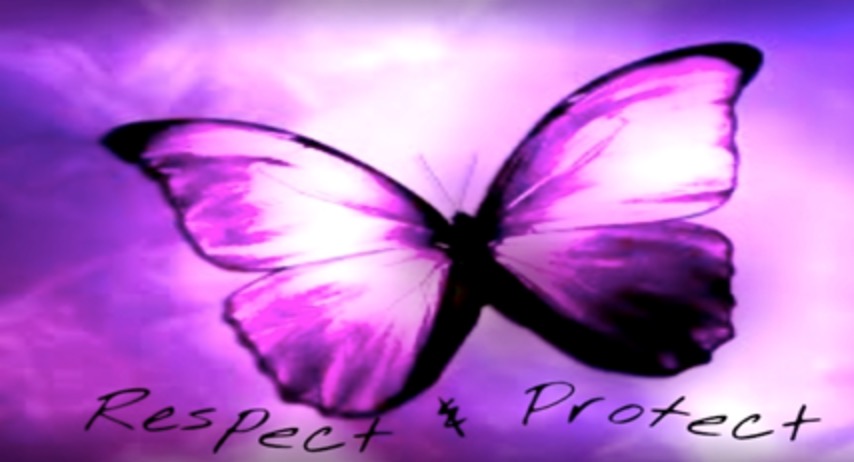
In my research class, we had to choose a health topic to do research on. Normally, I would chose HIV/AIDS, but this time I did suicide and depression, focusing on African American women. I was very surprised that it was hard to find almost any articles on my target population. I’m talking about hours and hours of searching for an article even remotely focusing on depression or suicide in African American women. It was alarming to me, and made me think why no one had decided to do any research on this underserved population, in this regard. As a part of the aforementioned population, I personally know that depression is real in the African American community. There is also a stigma attached to it. I’ve heard people say “Black people don’t get depressed. That’s only crazy white people. Just get over it.” What people don’t realize is that downplaying anyone’s feelings of depression is not helping them at all, and possibly even worsening it, leading them to suicide. If I were to choose this as my final area of focus, I would definitely want to go into research regarding African American women and teenagers.
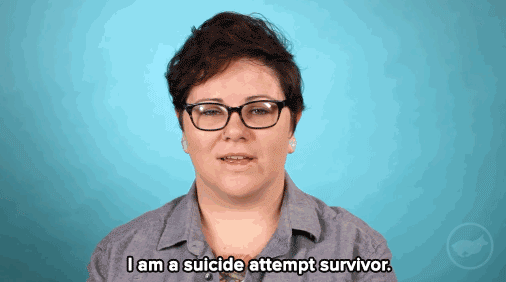
I wasn’t sure how Public Health Education was going to work out for me when I first transferred to the department, but I soon found my place. I chose to focus on these topics for various reasons. I know people who don’t know how some STIs are transmitted and don’t know how to use condoms properly. I know others who have been in abusive relationships, not even realizing that they were in one, and not want help trying to leave the person. That hurt me, that as their friend, they didn’t want me trying to help them. I, myself, struggle with my own depression, and dealing with it. There is always someone who needs public health education and resources, and as a future health educator, I am working hard so that one day I can help others with their problems.
Follow @myhealthimpact on health and tech stories impacts #youngppl. #publichealth #mentalhealth #sexualhealth
Share

September 22, 2015
The Importance of Awareness
It was not until high school that I learned that I held the trait for sickle cell. During my high school athletic years I did not feel significantly impeded by my health status, and even briefly considered playing collegiate football. I however did not make that decision based 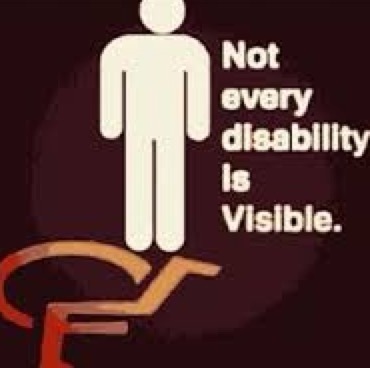 on my status as a carrier for sickle cell, but instead on my passion for football at the time. Losing the last game of my high school career took a toll on my desire to continue playing.
on my status as a carrier for sickle cell, but instead on my passion for football at the time. Losing the last game of my high school career took a toll on my desire to continue playing.
For the most part, I do not think about sickle cell trait, but I recently had an experience that caused me to take precaution. I participated in a retreat that took place in the Rocky Mountains of Colorado. Initially, I was reminded of Ryan Clark, former NFL safety for the Pittsburgh Steelers. Clark had life threatening complications following a game in Denver due to the altitude and dehydration from the game. Following a game against the Denver Broncos, Clark was hospitalized and eventually had his spleen and gall bladder removed. Due to his ailment he lost 30 pounds and was deemed unable to play for the remainder of the season. Although I was not undergoing the same physical exertion as Clark, I was weary of the outcomes of my activities.
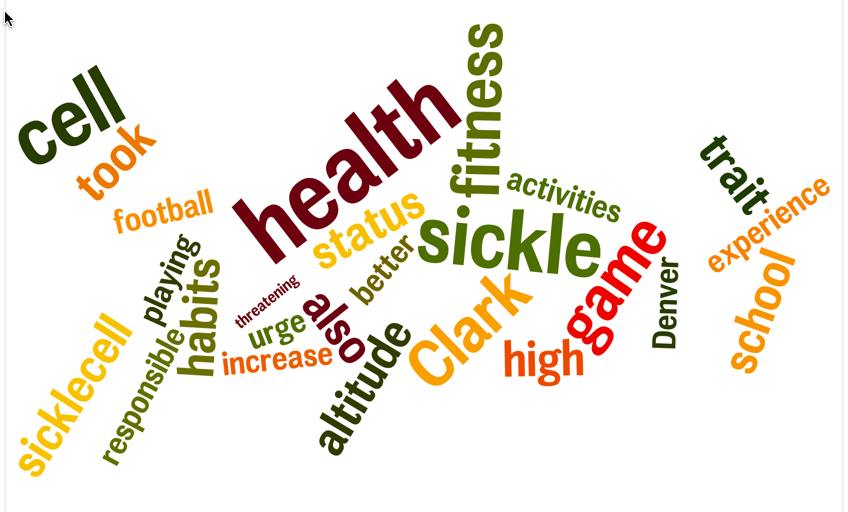
We were given strategies to cope with the change in altitude, all of which I took very seriously. Even with the increase in water consumption, my adjustment to the drastic increase in altitude was slower than my classmates. I found myself having trouble falling asleep and going about daily activities, which was initially frustrating, but also worrisome. I started thinking about my health and taking responsibility for my fitness. I realized that my difficulties, although rooted in the presence of the sickle cell trait, could have been aided by better fitness habits beforehand.
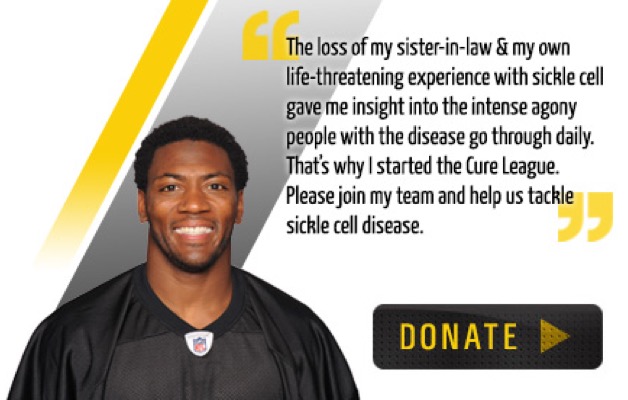 The experience reinforced my belief in the importance of being responsible for one’s own health. I know that I must practice better fitness habits, especially since I intend to work in the medical field. I urge everyone to not only stay responsible for their health by practicing healthy fitness habits, but also be conscious of their health status. As we celebrated the awareness of sickle cell disease, it is also important to urge those around you to be informed of their health in general.
The experience reinforced my belief in the importance of being responsible for one’s own health. I know that I must practice better fitness habits, especially since I intend to work in the medical field. I urge everyone to not only stay responsible for their health by practicing healthy fitness habits, but also be conscious of their health status. As we celebrated the awareness of sickle cell disease, it is also important to urge those around you to be informed of their health in general.
Stay up to date on the latest news and health trends by following @myhealthimpact on Twitter and Tumblr.
#sicklecell
#sicklecellawareness
#sicklecellawareness2015
#fitness
Share

July 15, 2015
Access to Health – A Privilege - and Two Brothers Planning to Collaborate
When I was growing up, eating healthy and physical fitness was something that was talked about fairly often in my household. I played sports throughout my childhood and remained very active. And for the most part, this was the case for everyone in my family. I always had access to a gym, fresh fruits and vegetables. Having the ability to eat healthy is a luxury, and I never really realized how much of a privilege it was until I was exposed to some statistics. “A recent multistate study found that low-income census tracts had half as many supermarkets as wealthy tracts. Another multistate study found that eight percent of African Americans live in a tract with a supermarket, compared to 31 percent of whites” (Bell). I would love to say that a statistic like this really stands out but it doesn’t at all. Minorities, particularly African-Americans, as a community, are extremely disadvantaged when it comes to healthcare as compared to their white counterparts.
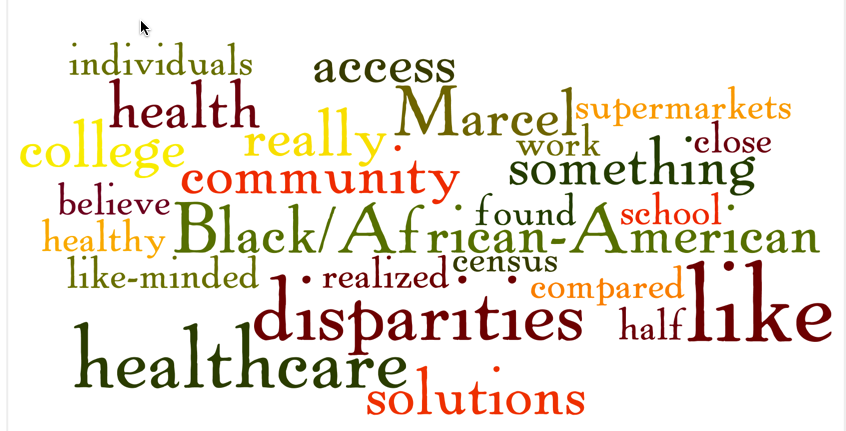
When I first began to understand the notion of health disparities, I was intrigued and motivated. Why should citizens of the United States already a decade and a half into the twenty first century not have access to supermarkets close to their places of residence? Over time, I have realized that this is something I would like to change. Closely approaching my senior year of college, I have had the privilege of completing two ethnographic studies that examine pharmacy and supermarket access as well as examining health related racial disparities. Both of these studies examined the neighborhood of East Liberty in Pittsburgh, Pennsylvania which according to 2013 census data is around 74% Black/African-American.
I feel so personally invested in the discussion of healthcare disparities and healthcare equality for all because I identify with the Black/African-American community. After college ,I would like to further my knowledge on these subjects by pursuing my Masters degree in public health. I believe my future education will give me not only the tools and resources to think of potential solutions to my community’s problems but also allow me to work with other like-minded individuals.
One of the like-minded individuals I hope to work with in the future is Marcel Souffrant. Marcel and I went to high school together and have been close friends since around 2011. He is currently planning to attend medical school following graduation from college in the spring of 2016. In a true collaborative effort, I believe we can both help craft potential solutions to these healthcare disparities that currently plague the Black/African-American community. Two Black/African- American men working together to create solutions to these chronic issues is something I am really beginning to like the sound of. Follow the journey along at @myhealthimpact for this, other health-tech topics and voices of young people like me and Marcel.
Citations
Bell, Judith, Gabriella Mora, Erin Hagan, Victor Rubin, and Allison Karpyn. "Access to Healthy Food and Why It Matters." Thefoodtrust.org. Policy Link, 2013. Web. 10 July 2015. <http://thefoodtrust.org/uploads/media_items/grocerygap.original.pdf>
Share

May 03, 2015
What Ever Happened To Your Favorite Players?
As you can see below, both rising stars and professional athletes are dying from heart disease each and everyday! This interactive infographic shows the fate of athletes who died, retired or was forced to have surgery as a result of their heart condition. It's really disheartening because a lot these professionals died early on affecting not just fans but their families. Let's not only remember the names on the back of a jerseys but also use their story to identify heart diesase in young athletes and prevent misdiagnosis from so many lives short.
Tweet us @myhealthimpact to let us know if any of the players on this shocked you!
Share

April 30, 2015
Heart Health in Young Athletes
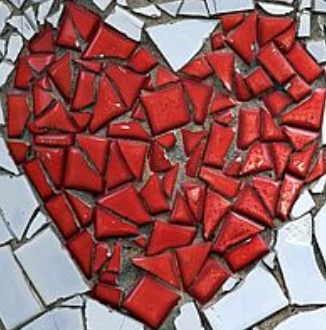 When we are young we are told and reminded of the importance of exercise and why we need to remain active. My parents were sure to emphasize the benefits of physical activity and to this day, continue to do so. This is why it often surprises me when I hear of professional athletes passing away from heart attacks and cardiovascular related health issues. These are people whose career is centered on remaining active and physically fit, but there is no certainty that these habits remained after they’re playing careers came to an end. More striking however is the seemingly prevalent occurrence of young athletes, at the high school and college age, who have suddenly passed due to cardiac arrest. It is estimated by the American Academy of Pediatrics that “2,000 people under the age of 25 die from sudden cardiac arrest in the United States every year.” This is a striking figure because this encompasses a group of young adults who generally, are at the peak of their physical fitness.
When we are young we are told and reminded of the importance of exercise and why we need to remain active. My parents were sure to emphasize the benefits of physical activity and to this day, continue to do so. This is why it often surprises me when I hear of professional athletes passing away from heart attacks and cardiovascular related health issues. These are people whose career is centered on remaining active and physically fit, but there is no certainty that these habits remained after they’re playing careers came to an end. More striking however is the seemingly prevalent occurrence of young athletes, at the high school and college age, who have suddenly passed due to cardiac arrest. It is estimated by the American Academy of Pediatrics that “2,000 people under the age of 25 die from sudden cardiac arrest in the United States every year.” This is a striking figure because this encompasses a group of young adults who generally, are at the peak of their physical fitness.
Perhaps one of the more prominent stories in the last year is the story of Isaiah Austin. Austin, a former basketball player at Baylor University, declared himself eligible for the NBA Draft last year. After the plethora of tests conducted by the National Basketball Association it was discovered that he could never play competitive basketball again, four days before the draft. Isaiah Austin suffered from Marfan syndrome, which caused an enlargement of his aorta. The combination of aortic enlargement and extreme physical exertion, as he would be subject to as a professional basketball player, made him susceptible to a rupture of his heart. This was the exact fate of Flo Hyman, an Olympic volleyball player, who passed away on the court due to a rupture of her aorta in 1986.
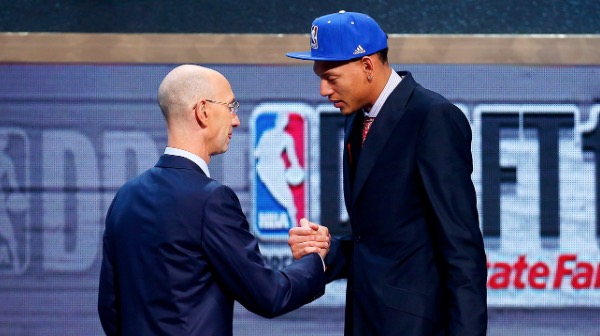 The story of Isaiah Austin generated some, but not a lot of conversation about the health of young athletes. Austin had been living with this condition and could have met his fate at any point during his athletic career at Baylor University. Fortunately this did not happen, but many student-athletes do not have the same luck. Every year there are stories of high school and college students who collapse on the athletic field, and most of these cases of sudden cardiac arrest are due to structural defects of the heart. This begs many to ask the question, should we increase the testing of our amateur athletes before they can play? Had it not been for the depth at which the National Basketball Association looks into the health of their players, the discovery of Isaiah Austin’s aortic enlargement may not have come until it was too late.
The story of Isaiah Austin generated some, but not a lot of conversation about the health of young athletes. Austin had been living with this condition and could have met his fate at any point during his athletic career at Baylor University. Fortunately this did not happen, but many student-athletes do not have the same luck. Every year there are stories of high school and college students who collapse on the athletic field, and most of these cases of sudden cardiac arrest are due to structural defects of the heart. This begs many to ask the question, should we increase the testing of our amateur athletes before they can play? Had it not been for the depth at which the National Basketball Association looks into the health of their players, the discovery of Isaiah Austin’s aortic enlargement may not have come until it was too late.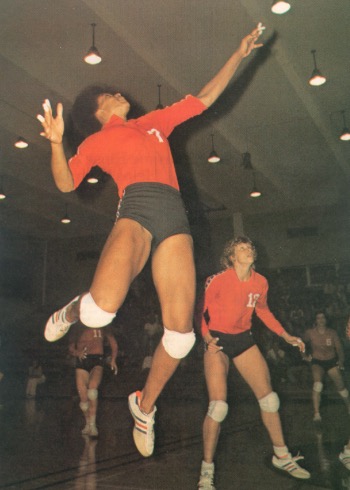
The message of remaining healthy and maintaining regular exercise is important and effective. We must also include the message to be aware and responsible for our health. School systems, colleges, and doctor’s offices should encourage student athletes and their families to become aware of their health. The opportunity to curtail the sudden death of student-athletes is available. These institutions have the ability to provide families with a stronger understanding of their health, and it should be capitalized on. Follow @myHealthimpact for more on #Health #Tech #Culture and views of #youngPeople. See us on YouTube, and follow us on Tumblr.
Share

April 22, 2015
The Heart of an Athlete
Florence Griffith Joyner better known as Flo-Jo was once considered the fastest women of all time. She was known best for her beauty and fashionista style on the track. Her long hair and extraordinary nails have definitely set the tone for female track and field athletes across the globe.
However there is more to her story, many do not know that she was battling a series of health related issues. Besides the scrutiny of steroid rumors, Flo-Jo was struggling from serious heart problems which were often brushed off as a minor exhaustion. (source: http://www.cbsnews.com/news/clues-to-flo-jos-death/ ). Her shocking death in 1998 at a mere 38 years old from a heart seizure at the time was fairly uncommon. As a former student-athlete, her death makes you wonder how healthy you really are and if you are taking the appropriate measures to stay healthy. Am I drinking enough water? Am I really giving it all at practice? Am I speaking up when my body is feeling hurt? Am I really taking care of myself?
Personally, these are things that I struggled with throughout my track and field career. Unfortunately, addressing these questions is much easier said then done. A quote from Flo-Jo says “I don’t always have the best eating habits. I like butter and ice cream. There are days when I should work out and I don’t. But it’s never too late to change old habits.” This quote inspired me to take a stand against my current health habits. It is truly never too late to speak up and try something different.
With that being said I encourage all my fellow athletes to make sure they are taking care of their health regardless of how ‘soft’ it may make you look. Tell your coach when you aren’t feeling well. Make that doctor’s appointment when your coach recommends it to you. Take the propers steps to check up on your health and encourage others to do the same. It may truly save a life.
Share

February 12, 2015
We’re on TV
According to dictionary.com, a superstar is someone who enjoys wide recognition and is eagerly sought after for his or her services. For years, I’ve followed many athletes from basketball greats to gridiron legends. Whether it’s discussing the GOAT as young folk have now attributed or upcoming phenoms on the brink of stardom, I’ve always voiced strong sentiments. My love and passion for sports stems from a childhood filled with AAU practices, being the coach’s son on seasonal teams, and having an unmistakable brotherhood with my teammates. But when away from the game, I continued my coverage by tuning into shows dedicated to sports.
 Ahmad Rashad was the first host on “NBA Inside Stuff” back when it aired on NBC. I would wake up every Saturday morning and look forward to what he and the beautiful Summer Sanders had to say. While athletes were praised by analysts for their competitive nature, Ahmad showed that they too had personality. His running commentary would capture these superstars on-court bloopers, off-camera interview clips, and local community involvement. Check out this vintage clip from “Rewind”, NBA Inside Stuff’s version of Basketball Twitter and Instagram before they officially came on the scene.
Ahmad Rashad was the first host on “NBA Inside Stuff” back when it aired on NBC. I would wake up every Saturday morning and look forward to what he and the beautiful Summer Sanders had to say. While athletes were praised by analysts for their competitive nature, Ahmad showed that they too had personality. His running commentary would capture these superstars on-court bloopers, off-camera interview clips, and local community involvement. Check out this vintage clip from “Rewind”, NBA Inside Stuff’s version of Basketball Twitter and Instagram before they officially came on the scene.
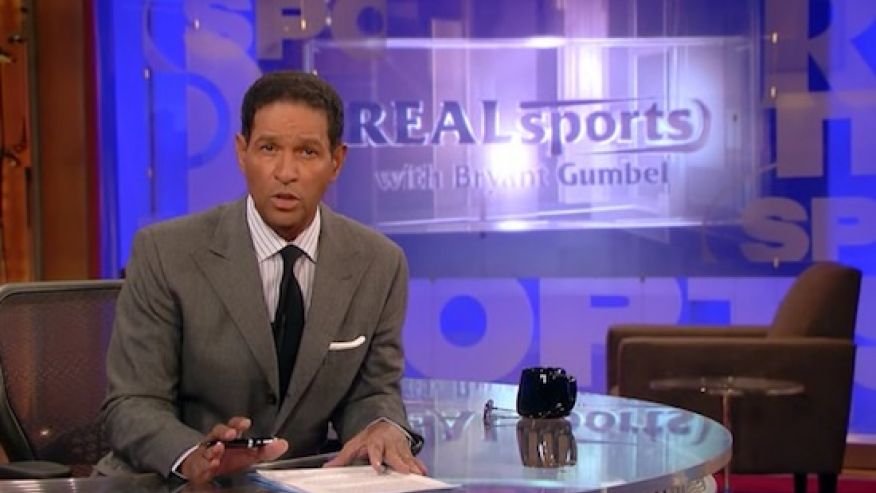
Back when HBO gave free weekend previews and I think they still do, I stumbled on a show called “Real Sports with Bryant Gumbel.” From the very first segment, I was captured by how Mr. Gumbel and his cast intertwined society and sports by doing investigative reports and interviews that went beyond box scores and statistics. This show was the first time I’d ever hear about the impact football collisions had on athletes after retiring from the very game they loved. Bryant Gumbel certainly pushed the envelope and continues to today with over 25 Sports Emmy Awards and a spark that led to the creation of other sports shows: On the Record with Bob Costas, Outside The Lines and E:60.
As oppose to Saturday mornings and monthly news magazines, ESPN Sportscenter served as my daily driver. Or better yet watching my mans, the holy grail of sports commentating, Stuart Scott tear it up on set. He would take hip-hop lyrics and eloquently embed them into sports clips almost seamlessly. It was so incredibly good that I had no clue that things had been different prior to his arrival at ESPN. After succumming to a lengthy battle with cancer, I read countless articles and watched tributes that explained the impact Coach Stu had on Urban America. Known for his catchphrases, Stuart Scott went on to become a sports broadcasting pioneer despite the flack he received for representing the hip-hop generation.
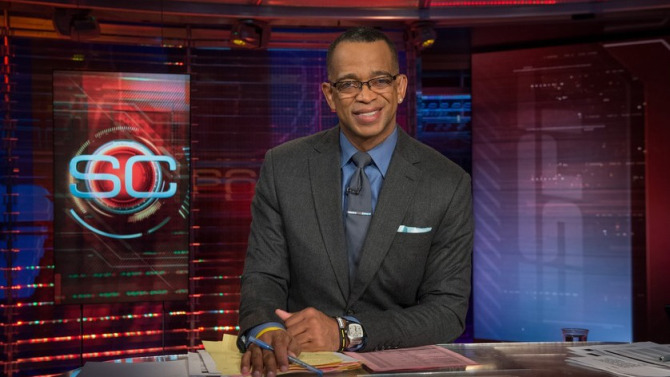
1. “Like gravy on a biscuit, it’s all good!”
Scott accompanies this quote with a player having a career day or when a player makes a smart play.
2. “And the Lord said you’ve got to rise up!”
Bryce Harper hits a homerun as a rookie, giving the Washington Nationals the lead after trailing the Atlanta Braves at home.
3. “See, what had happened was…”
This is amongst Stuart Scott’s popular references. During the 2004 Eastern Conference Finals between the Pistons and Pacers, he teased Rasheed Wallace after throwing up an air ball from the 3 point line.
4. “Vlade Daddi, he likes to party, he don’t cause trouble, he don’t bother nobody.”
From Slick Rick’s “Lodi Dodi” covered by Snoop Dogg from the Doggystyle album. Pertaining to any Vlade Divac play, it gave the Sacramento Kings Center some much needed respect as he was rearing towards the descent into basketball irrelevancy.
5. “You ain’t got to go home, but you got to get the heck up outta here.”
No shade, Stuart Scott just wants to let you know you either struck out, or you messed up for getting ejected from a game.
6. “He treats him like a dog. Sit. Stay.”
After Allen Iverson broke a defender’s ankles, Scott dropped this one on the poor guy.
7. “Just call him butter cuz he’s on a roll.”
You hear this when someone is straight up balling!
8. “As cool as the other side of the pillow.”
Synonymous with plays consisting of a high degree of difficulty and executed with ease, this one is Scott’s most popular phrase. It plays into his demeanor on and off the camera as we know Stuart Scott to be the calm, cool and collected anchor on Sportcenter.
9. “Call him carwash cuz he’s automatic.”
You can thank former University of Kansas guard Jacque Vaughn for this one. He was money from the foul line, so clutch and dependable that Scott compared his mechanical synchrony to a carwash.
10. “They call him the Windex Man cause he’s always cleaning the glass.”
We all love hustle. Stuart Scott used to drop this quote when someone was reeking havoc in the paint, grabbing rebounds left and right.
These shows helped shape my view on the sports world by not only showing highlights but by profiling athletes, investigating problems afflicting sports, and bringing Urban America into the fold. These brothers are the reason why I no longer define a sports superstar as solely being an athlete but by simply someone who changed the game.
Stay connected with @myhealthimpact to continue the sports conversation and the transformative nature of health and technology on today’s youth.
Share

February 06, 2015
BlackBerry in Healthcare
Dr. Patrick Soon-Shiong, the wealthiest physician in the world, is relentlessly working to becoming one of the most innovative as well. Dr. Soon-Shiong works at University of California Los Angeles as a medical surgeon, but his most recent work involves revolutionizing the way cancer is approached, starting at the very definition. 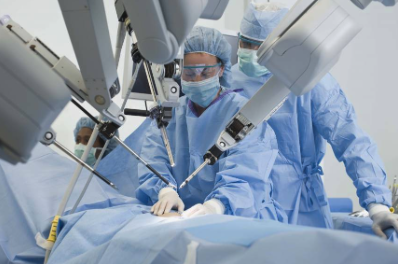 Cancer.gov sites a cancer as being a “disease in which abnormal cells divide without control” but Dr. Soon-Shiong believes there can be a different approach to the term. In an interview with 60 Minutes he proclaims, “A cancer is not what people think it is, cells growing. Cancer is actually the inability of the cells to die.” His new concept of the definition is the first of many steps he has taken to rethink cancers. Although this is innovative in its own right, Dr. Soon-Shiong believes he is on his way to something much more groundbreaking. He has recently developed a technology that can analyze a patient’s tumor biopsy and then proceed to report the specific gene mutated by the disease. All of this can be processed and accessed in the palm of the patient’s hand, through BlackBerry.
Cancer.gov sites a cancer as being a “disease in which abnormal cells divide without control” but Dr. Soon-Shiong believes there can be a different approach to the term. In an interview with 60 Minutes he proclaims, “A cancer is not what people think it is, cells growing. Cancer is actually the inability of the cells to die.” His new concept of the definition is the first of many steps he has taken to rethink cancers. Although this is innovative in its own right, Dr. Soon-Shiong believes he is on his way to something much more groundbreaking. He has recently developed a technology that can analyze a patient’s tumor biopsy and then proceed to report the specific gene mutated by the disease. All of this can be processed and accessed in the palm of the patient’s hand, through BlackBerry.
To most, Blackberry is now irrelevant in the world of mobile phones, dominated by Apple and Samsung. BlackBerry however will soon be very relevant in the field of healthcare if Dr. Soon-Shiong’s product finds any success. There was recently a report claiming a rumored purchase offer from Samsung, resulting in a significant increase in BlackBerry shares. This possible partnership could make waves in the ever-growing mobile-health market. It truly prompts the question what role can technology, specifically smartphones, play in the dissemination of health awareness and information.
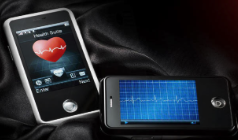 We do not need to look far to see what mobile technology is already doing for health. FHI 360, a company located in our Research Triangle Park, has been using mobile technology in health, or “mHealth,” for a quite some time. They use smartphones to “share information on family planning, reproductive health, HIV and sexually transmitted infections.” The use of technology however is quickly progressing. The Wall Street Journal recently published an article mentioning several new methods in which smartphones and other forms of technology are being used to monitor health, and even collect and interpret medical data. Blood-pressure readings and electrocardiograms are already common procedures smartphones are capable of performing with a few accessory instruments, but we are not far from the day where all it takes is a watch to record our vital signs.
We do not need to look far to see what mobile technology is already doing for health. FHI 360, a company located in our Research Triangle Park, has been using mobile technology in health, or “mHealth,” for a quite some time. They use smartphones to “share information on family planning, reproductive health, HIV and sexually transmitted infections.” The use of technology however is quickly progressing. The Wall Street Journal recently published an article mentioning several new methods in which smartphones and other forms of technology are being used to monitor health, and even collect and interpret medical data. Blood-pressure readings and electrocardiograms are already common procedures smartphones are capable of performing with a few accessory instruments, but we are not far from the day where all it takes is a watch to record our vital signs.
Follow us @myhealthimpact as we continue to discuss technology in health.
Share
Page 1 of 4 pages 1 2 3 > Last ›
In Partnership with: Poole College of Management, College of Humanities and Social Sciences, National Science Foundation, Penn State
Take Action, Get Tested: Find Your Local Testing Center Why Get Tested?
